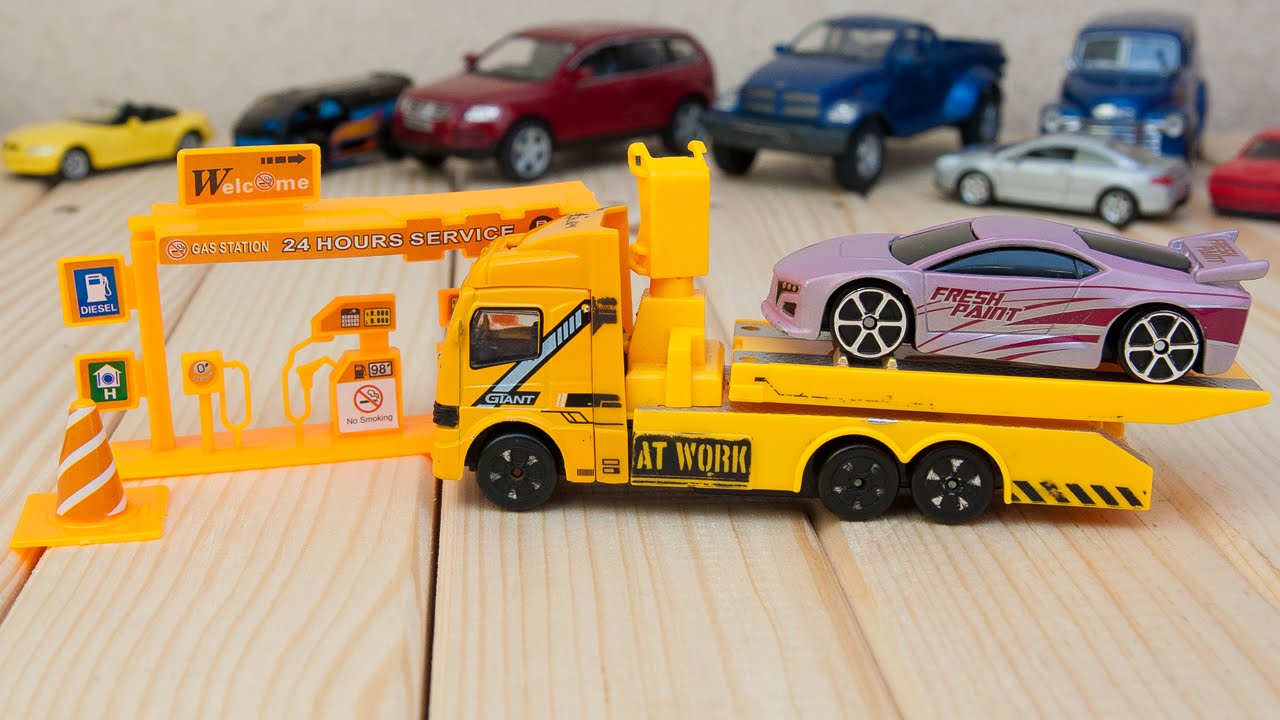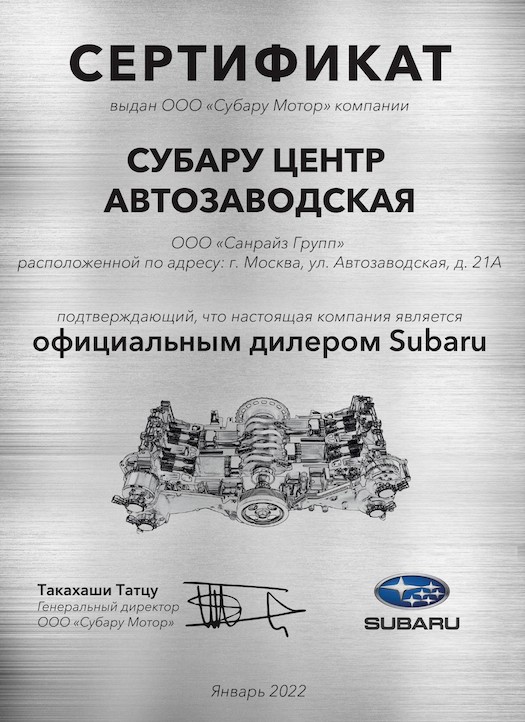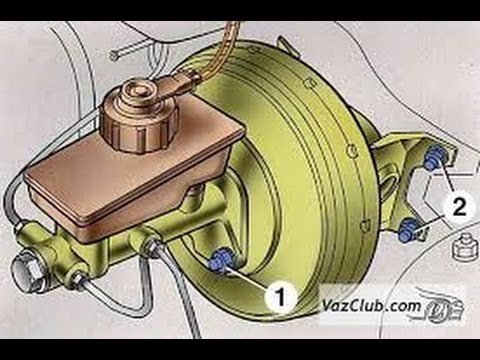
How to refuel a racing car
Refueling a race car is tricky and sometimes dangerous. For the most part, the car fills up during pit stops of 15 seconds or less. This leaves little margin for error and requires the use of specialized equipment designed to fuel a racing car quickly, safely and efficiently. As of the 2010 racing season, refueling is no longer allowed during Formula One racing, although Indycar and the National Association of Stock Car Auto Racing (NASCAR) do allow refueling during their competitive races.
Method 1 of 2: Gas up along the NASCAR route
Necessary materials
- fire fighting clothing
- Fuel can
- fuel separator can
NASCAR uses a fuel tank, known as a dump truck, to fuel their cars at the pit stop. The trash can is designed to dump the fuel it contains into the vehicle within eight seconds. Each fuel tank holds 11 gallons, so it takes two full cans to fill the car to full capacity. With a gross weight of up to 95 pounds, it takes a lot of force for the refueling crew member to lift the canister into place.
Another member of the crew, referred to as the catcher, makes sure the catcher is in place to catch excess fuel and prevent it from escaping during the refueling process. All of this usually happens in 15 seconds or less, which means everyone has to do their job properly, as quickly and safely as possible to avoid pit road fines and get the car back on the track.
Step 1: Use the first can of fuel. When the driver pulls up to the box and stops, the crew rushes over the wall to service the car.
The gasman with the first fuel canister approaches the vehicle and connects the canister to the vehicle through the fuel port at the left rear of the vehicle. The person also places a trap under the overflow pipe to trap the overflowing fuel.
Meanwhile, a team of tire fitters is replacing the wheels on the right side of the car.
Step 2: Using the Second Fuel Can. When the tire changer finishes changing the right tires, the gasman returns the first can of fuel and receives a second can of fuel.
While the crew is changing the left tires, the gasman pours a second canister of fuel into the car. In addition, the recovery tank man maintains his position with the recovery tank until the refueling process is completed. If the car receives only right-hand tires, then the gasman puts only one can of fuel in the car.
Step 3: Finishing refueling. Only after the gasman has finished refueling does he signal the jack, which lowers the car, allowing the driver to race again.
It is important that the catcher and gasman remove all filling equipment before the driver leaves the pit stall. Otherwise, the driver should receive a ticket on pit road.
Method 2 of 2: indicator filling
Necessary materials
- firefighting equipment
- Fuel hose
Unlike a NASCAR pit stop, the Indycar does not fill up until the crew has replaced all tires. This is a safety issue, and since all drivers must follow this procedure, it does not give anyone an unfair advantage. In addition, fueling an Indycar fuel cell is a much faster process, taking no more than 2.5 seconds.
Also, unlike a NASCAR pit stop, the Indycar refueling crew member, called the tanker, does not use a canister of gasoline, but instead connects a fuel hose to a port on the side of the car so fuel can flow into the car.
Step 1: Prepare for refueling. A team of mechanics changes tires and makes the necessary adjustments to the car.
This allows mechanics to safely do their job without the added risk of refueling. The tanker prepares to cross the wall with the fuel hose once everything else is done.
Step 2: Refueling the car. The tanker inserts a specially designed nozzle into an opening on the side of the racing car.
Meanwhile, the fuel hose assistant, also known as the dead man, operates a spring-loaded lever on the fuel tank. If any problems are found, release the lever, stopping the fuel supply.
In addition to managing fuel flow, the fuel hose assistant also helps the tanker keep the fuel hose level to facilitate faster fuel delivery. Fuel hose assistant does not cross the pit wall.
Step 3: After refueling. Once the refueling process is complete, the tanker releases the fuel hose and carries it back over the pit wall.
Only after all equipment has been cleaned does the chief mechanic signal that the driver may leave the pit lane and return to the track.
During a race, every second counts, and it's important to pit stop quickly and safely. This includes wearing the proper protective gear, using the equipment as intended, and ensuring that all crew members are not endangered throughout the process. If you have any questions about refueling a race car or any other vehicle, see a mechanic to find out more.

